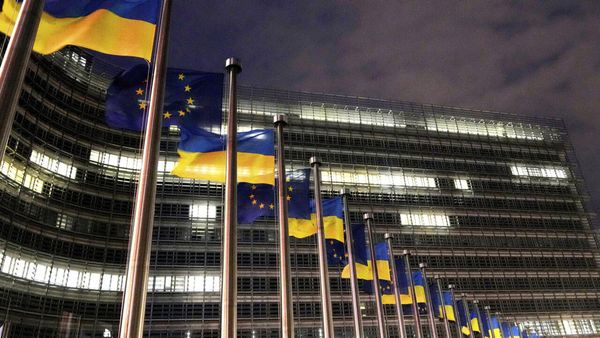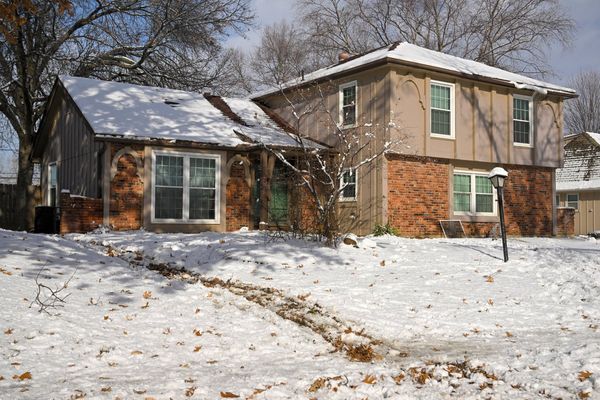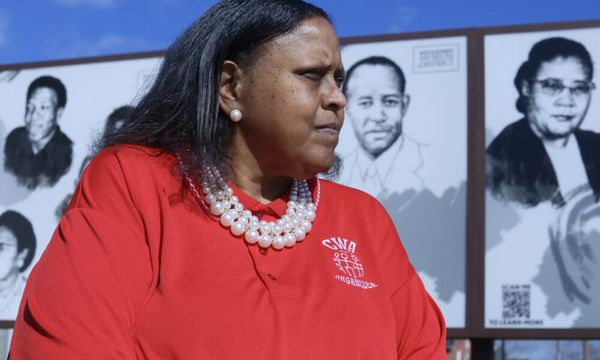
The rebound in the tourism industry and political parties' campaign spending ahead of the general election are the factors driving media spending in Thailand this year, says Pawat Ruangdejworachai, chief executive of creative agency Media Intelligence Co.
Media spending is expected to grow at 5%, slowing from 7.6% last year because of a sluggish economy, he said.
The economy is expected to be boosted by election campaigns and related political activities with total spending estimated at around 10 billion baht, of which 100 million is expected to be spent on political parties' advertising activities.
He said that content would be key to driving engagement among voters.
"We estimate this election will inject spending in advertising of at least 100 million baht by the second quarter and the estimate is based on three previous general elections, as well as the most recent Bangkok governor's election," said Mr Pawat.
The company noticed that spending during this election is focused more on creating deeper engagement with voters. This makes "appealing content" important -- and there might be more creative content generated to attract voters. This election will see 4 million first time voters. When combining these new voters with Gen Y and Gen Z, the total number will be 20 million, according to Mr Pawat.
Gen Z and Gen Y have a different culture and interests. Coupled with a change of the media landscape in a digital society, this makes targeted communication a more effective tool to attract them, instead of using mass communication, he said.
The 10 billion baht in spending on political campaigns forecast nationwide would also increase consumer spending power in the second quarter, which could benefit the fast-moving consumer goods (FMCG) sector the most.
Mr Pawat said the recovering tourism sector had also benefitted the country as employment in the hospitality sector would increase consumer spending upcountry on some products, such as motorcycles.
Media spending in the country this year is expected to grow 5% to 85.7 billion baht, of which 38 billion would be spent on TV, 28.3 billion on the internet, and 12 billion on out of home ads.
Of last year's 81.9 billion baht in total media spending, 36.7 billion was spent on TV, 26.6 billion on the internet, and 11 billion on out of home ads.
"The economic slowdown, with high inflation from fuel prices, has resulted in slower spending on advertising since the fourth quarter of 2022," he said.
Media spending in January this year contracted 4%, according to Media Intelligence.
Mr Pawat anticipated the top five advertisers by sector this year. In first place would be automotive -- mainly covering electric vehicles, commercial trucks, and motorcycles -- with estimated spending of 5.8 billion baht, followed by event activities, including concerts and exhibitions, at over 1 billion baht. E-commerce would be in third place, mainly covering e-marketplaces, secondhand cars and special insurance promotions, at around 1.8 billion baht.
In fourth place would be the food and beverage sector and services, with estimated spending of 9.8 billion baht. The beauty and well-being sector, in fifth place, is expected to spend 9.3 billion.
The personal loan business which had been a leading ad spender over the past two years would slow down its spending this year as the public debt to GDP ratio has risen to 90%, resulting in a surge of non-performing loans to 4.4%.
Mr Pawat said digital advertising this year would continue to grow but Meta's Facebook and Instagram would see a decline in their share as was the case last year.
Out of all digital advertising last year, recorded at 26.6 billion baht, Meta recorded a 33% share, down from almost 40% in 2021. YouTube's share fell to 15% from 20%, and the share of other online video platforms, including streaming platforms, reached 10%, up from 5% in 2021.
Apart from key opinion leaders, brands plan to use more "real users" to attract target buyers and specific areas and convince buyers with lower prices. Brands will spend less on celebrities who reach a mass audience for awareness.







